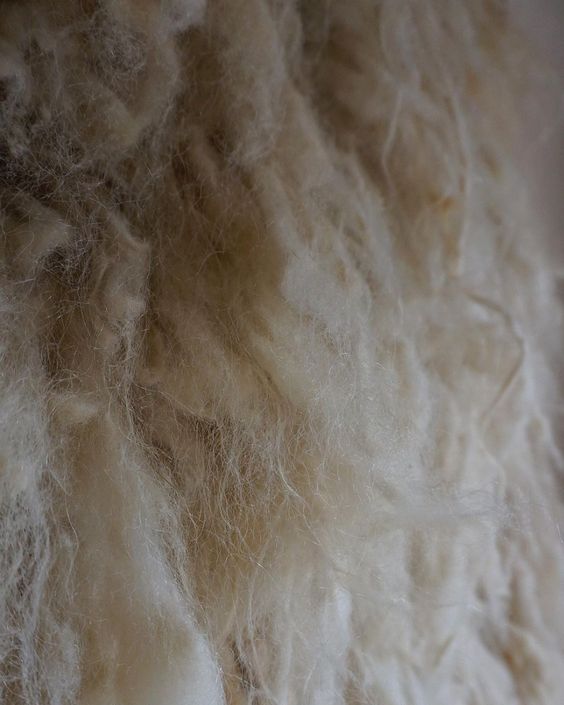Whether it comes from sheep, camel, alpaca, rabbits or goats, wool is an amazing material. The most common is sheep wool, which it isn’t all black and white as storybooks often depict. It varies just as much as human hair, with a gorgeous palette of grays and browns, creams, gingers and butterscotch.
Wool is alive too. It forms a relationship with whoever is wearing it and is constantly providing protection. If you need warming up, wool can do it like no other material. And yet it also cools you down by absorbing and evaporating excess moisture. It does not trap moisture like synthetic materials do, and it is of course free of chemicals and toxins (as long as it’s undyed or naturally dyed).
In nearly every part of the world – from Scandinavia to Subsaharan deserts – wool has been prized for its ability to regulate body temperature and protect from the elements.
Sustainability
When synthetic fibers are manufactured in large factories, they consume oil resources, which we are currently overusing and waging global wars over. A synthetic fiber consumes 3-6 times its own weight in crude oil as it is produced. In contract, wool is created simply with the help of nature – with sun, rain and pasture.
Even after the wool is cut from sheep, it remains active. It breathes in and out, bringing in moisture and carrying it out. A garment that breathes doesn’t need to be washed very often. Hanging it in fresh air is usually sufficient. Untreated wool is naturally anti-bacterial and protects you in the same way that it protects the sheep. These qualities save precious resources such as water, soap and time.
And obviously, wool is biodegradable. Unlike synthetic fibers, which are piled up in waste heaps all over the world emitting noxious chemicals into the soil, our waters and other wildlife. These chemical residues are allergenic, carcinogenic and toxic. At the very least, they can cause chronic allergies, skin issues and respiratory problems in humans, but their effects aren’t exactly known. If we don’t understand how they’re affecting us, then we can only imagine how they’re affecting all of the other species we share this planet with. Wool, however, composts down rather quickly while it simultaneously releases valuable nutrients back into the soil.
Versatility
Beyond sweaters and socks, wool is incredibly versatile. Did you know that a wool rug can help purify indoor air? Yep. Again, because the wool continues to breathe, it has the ability to capture and evaporate harmful substances floating around our homes and offices.
This breathability also makes it ideal for blankets, sheets, bedcovers and pillows. In cold seasons, open up your pillows or blankets and stuff in some extra wool. During warmer months, take some wool out. It functions much like our own hair. We shave our beards off and put our long hair into ponytails during summer, right?
Wool also can dampen sound in large, noisy rooms. And act as an insulator between walls.
It is a natural fire retardant (bye bye harmful chemicals). And air purifier.
It’s used in pianos to soften the impact of hammers.
It even makes a great mulch for fertilizing.
It can protect your shelves, as well as the insides of cabinets and drawers.
Lanolin, the substance found in wool, has a myriad of uses from adhesive tape to auto lubrication as well as cosmetics and shampoos.
These are but of a few of the wonders of wool and a few of the reasons why many Wyld products utilize it. From handmade rugs and plant-dyed textiles to wool dryer balls and tabletop pieces.
We always work with raw, untreated wool (Swedish wool from a local spinneri) and hand-dye it ourselves with natural materials. You can read more about dyeing process in our story, Colors 2 Dye 4.

